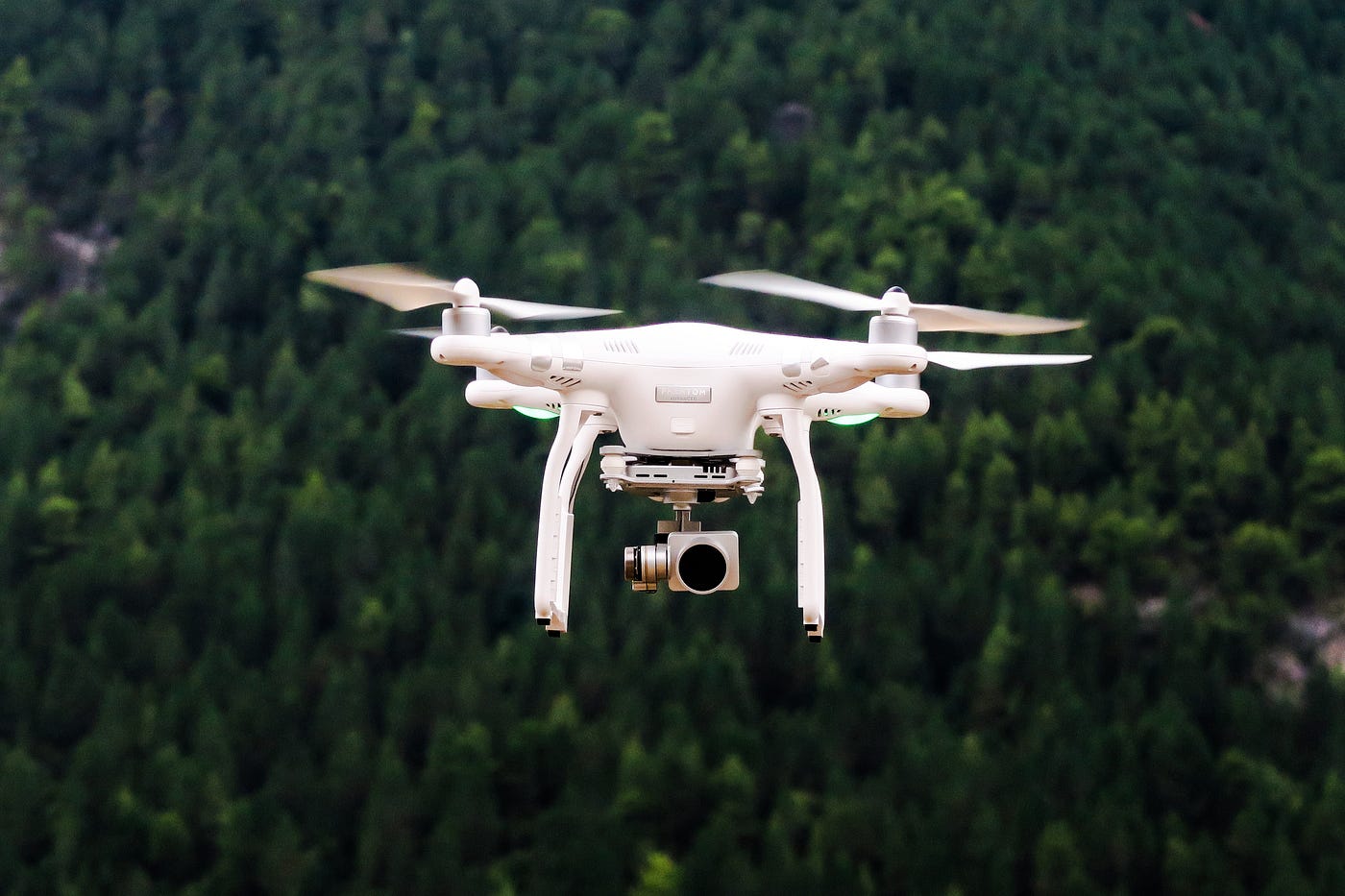The potential for drones to capture stunning aerial footage

Drones have revolutionized the way we capture aerial photography and videography, allowing us to capture stunning footage from perspectives that were previously impossible. In this blog post, we will explore the potential of drones in aerial photography and videography, discussing the benefits, challenges, and latest developments in this exciting field.
Benefits of using drones for aerial photography and videography
The use of drones for aerial photography and videography offers several benefits, including:
- Cost-effective: Using drones is often more cost-effective than hiring a helicopter or airplane for aerial photography and videography.
- Flexibility: Drones are highly maneuverable, making it possible to capture footage from unique angles and locations that would be difficult or impossible to access by other means.
- Safety: Drones can capture footage in hazardous areas without putting people at risk, such as over bodies of water, cliffs, and construction sites.
- Efficiency: Drones can capture footage quickly and efficiently, reducing the amount of time needed for setup and post-production.
Challenges of using drones for aerial photography and videography
While drones offer many benefits for aerial photography and videography, there are also several challenges to consider, such as:
- Weather: Wind, rain, and other weather conditions can make it difficult or unsafe to fly a drone.
- Battery life: Drones typically have a limited battery life, which can make it challenging to capture footage over extended periods of time.
- Regulations: There are strict regulations around the use of drones for aerial photography and videography, and operators must be properly licensed and certified.
Latest developments in drone technology for aerial photography and videography
Despite the challenges, drone technology for aerial photography and videography is rapidly advancing, with new developments in sensors, cameras, and software. Some of the latest developments in drone technology include:
- Improved sensors: Advances in sensor technology have led to drones that can capture high-quality footage in low-light conditions and at higher resolutions.
- Artificial intelligence: Drones equipped with artificial intelligence can detect and avoid obstacles, making it safer and easier to fly in complex environments.
- Real-time streaming: Drones can now stream footage in real-time, allowing for live broadcasts and remote monitoring.
- Autonomous flight: Drones can now be programmed to fly autonomously, making it easier to capture repeatable shots and enabling new applications such as automated inspection and surveillance.
Applications of drone aerial photography and videography
The potential applications of drone aerial photography and videography are wide-ranging and include:
- Real estate: Drones can capture aerial footage of properties, providing a unique and comprehensive view of the property and surrounding area.
- Events: Drones can capture aerial footage of events such as concerts, festivals, and sports games, providing a dynamic and immersive view of the action.
- Film and TV production: Drones can be used in film and TV production to capture aerial shots that were previously only possible with a helicopter or crane.
- Mapping and surveying: Drones can capture high-resolution aerial images and create 3D models, which can be used for mapping and surveying in industries such as construction, mining, and agriculture.
The potential of drones in aerial photography and videography is vast, offering a cost-effective, flexible, and efficient way to capture stunning footage from unique perspectives. While there are challenges to overcome, advances in drone technology are making it easier and safer than ever to use drones for aerial photography and videography. With the right equipment, skills, and training, anyone can capture breathtaking aerial footage and take their photography and videography to new heights.
Here are three recent and upcoming use cases of drones for aerial photography and videography in different industries:
- Construction: Drones are increasingly being used in the construction industry for aerial surveying and mapping, as well as for monitoring construction progress. With the help of drones, construction companies can quickly and easily collect data on job sites, track equipment and materials, and detect potential safety hazards. The use of drones in construction is expected to grow significantly in the coming years, with a projected market size of $11.96 billion by 2027.
- Sports Broadcasting: Drones are revolutionizing the way that sports events are broadcasted, providing viewers with unique and immersive perspectives. For example, the upcoming 2022 Winter Olympics in Beijing are expected to feature a large number of drones for aerial photography and videography, which will allow viewers to experience the event from new angles. The use of drones in sports broadcasting is likely to continue to grow in popularity in the coming years.
- Environmental Conservation: Drones are also being used for environmental conservation, allowing researchers and conservationists to monitor wildlife populations, track changes in ecosystems, and identify areas that require protection. For instance, a recent project in Australia used drones to monitor the health of coral reefs, providing valuable data that can be used to help protect these delicate ecosystems. As concerns about climate change and environmental degradation continue to grow, the use of drones for environmental conservation is likely to become more widespread in the coming years.